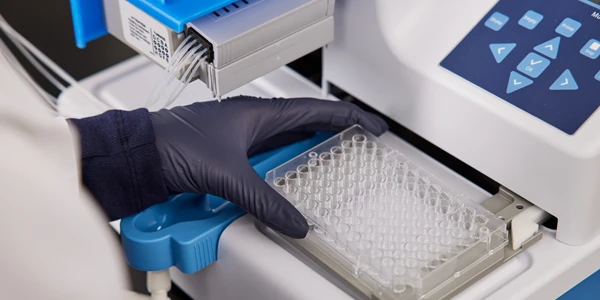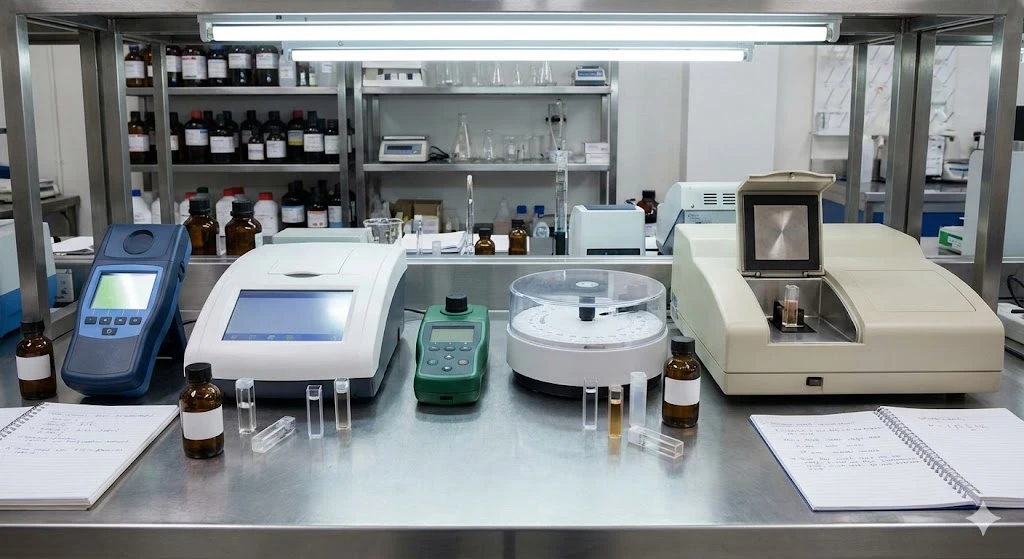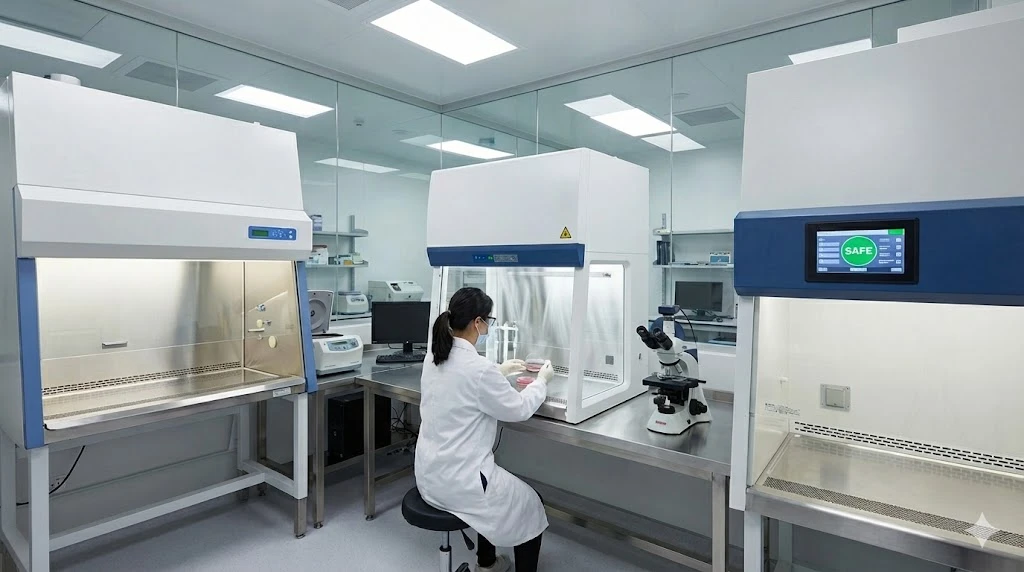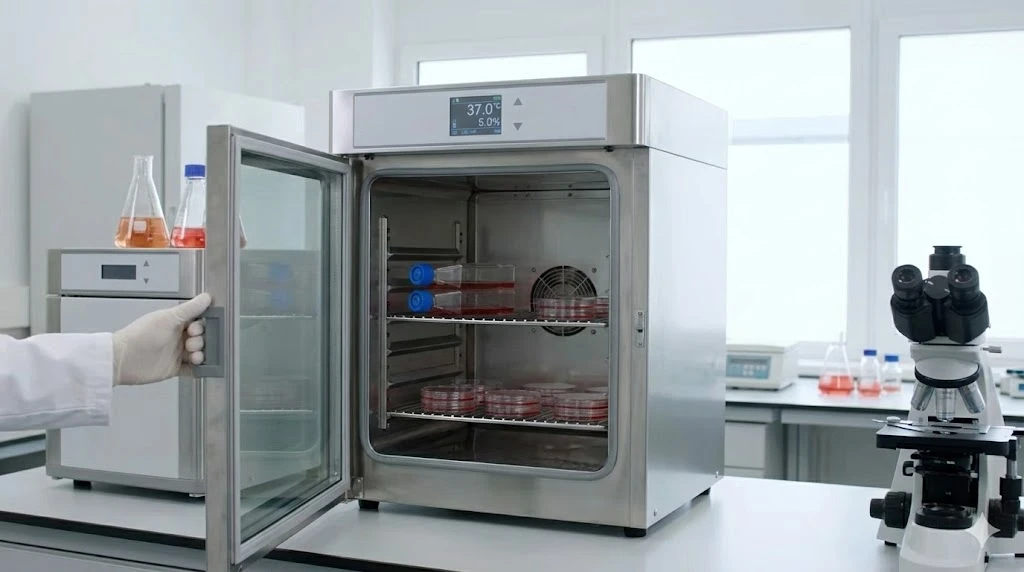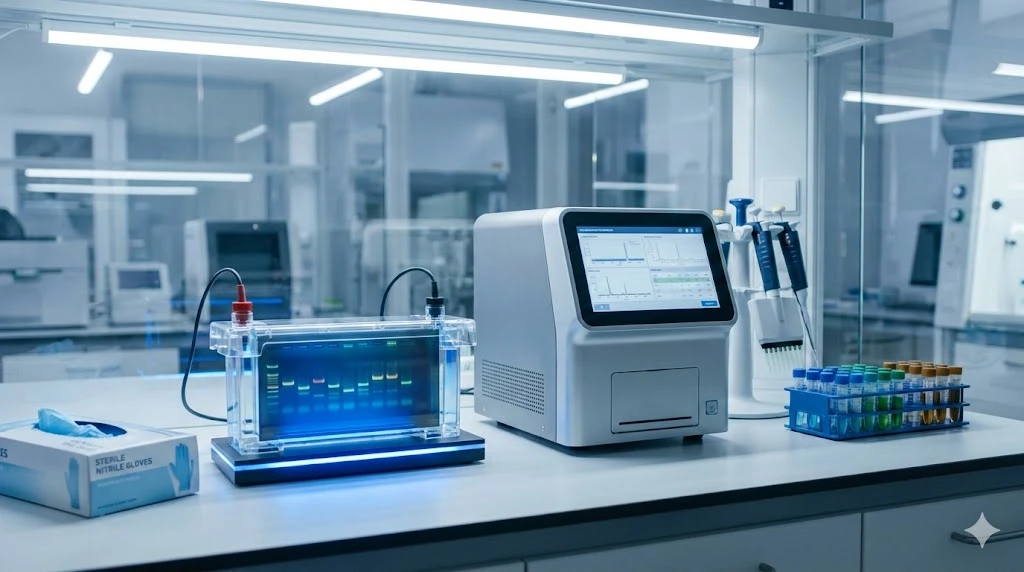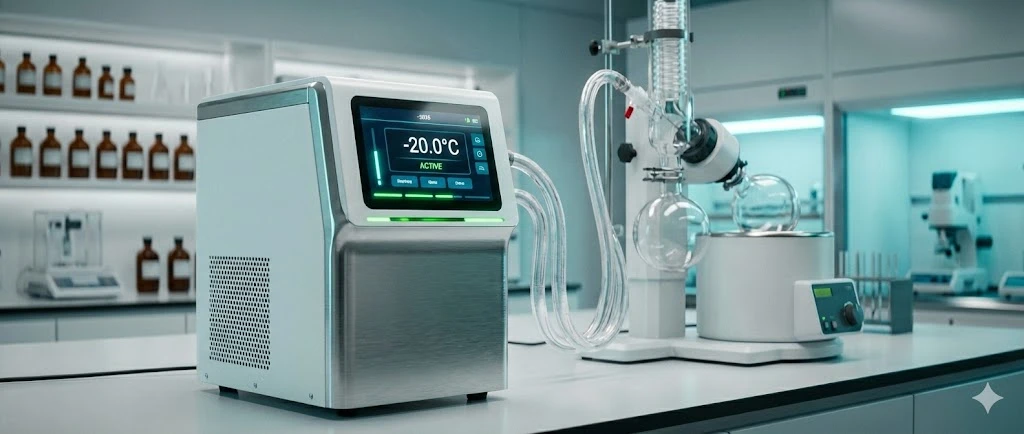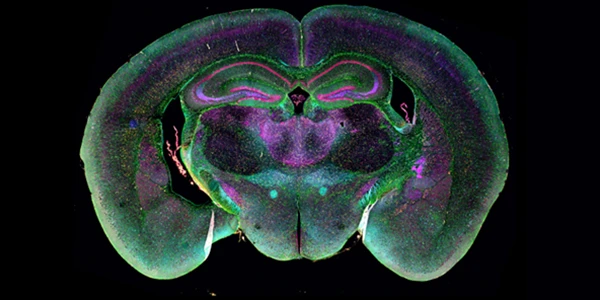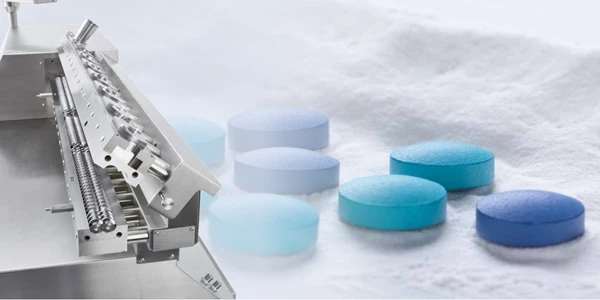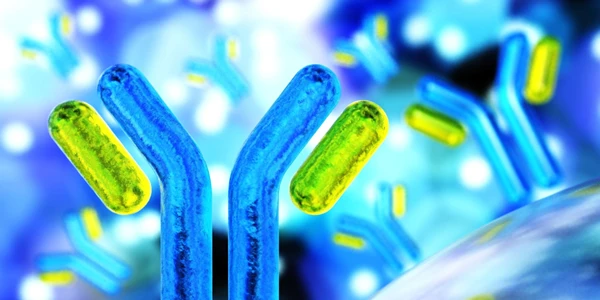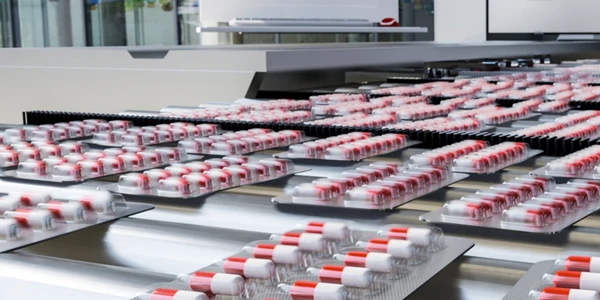The Latest Liquid Chromatography Essentials
What is liquid chromatography?
"A dynamic physicochemical method of separation in which the components to be separated are distributed between two phases, one of which is stationary [the stationary phase] while the other [the mobile phase] moves relative to the stationary phase" -- a short and to-the-point definition of chromatography as posted on the Waters website.
Of course, liquid chromatography (LC) involves liquid mobile phase and stationary phase particles in a column. Tradiitionally, the physical dimensions of the LC column typically dictated speed and resolution, whereas the type of column and the solvent used determined the physicochemical parameters of separations, e.g. reverse phase separation based on polar interactions with a silica column (stationary phase) and an organic solvent (liquid phase).
Most modern LC columns incorporate highly refined separation media - with low micron size and high particle uniformity - to both enhance resolution and increase separations efficiency. Many of these column designs require advanced ultra high-performance LC systems, which can deliver the pressure and precision necessary for state-of-the-art methods.
What are the latest liquid chromatography solutions
A recent survey from Lab Manager indicated that the top reason for purchasing a new LC column was the requirement for higher quality data. Cost considerations, expanded applications, and challenging samples also ranked high on the list.
Several vendors have released new column technologies designed to enable high quality analysis of challenging analytes. Many of these new products are based around existing platforms, with column guards, calibration kits, and other solutions meant to expand applications while extending the life of the column.
LC in biological and biomedical research applications
Agilent offers a range of products for applications ranging from mAb purifications, glycan mapping, amino acid analysis, and biomolecule separations. New offerings include:
- AdvanceBio Peptide Plus (2.7 µm particle size, 120-Å pore size, C18 hybrid end-capped) -- based on the superficially porous Poroshell technology, designed to quickly and efficiently confirm target proteins and peptides by LC/MS.
- AdvanceBio AAA columns -- based on Poroshell technology. Combined with AAA proven reagents, the column delivers fast, sensitive, and reproducible results for amino acids derived from protein hydrolydates and cell culture media.
- AdvanceBio MS Spent Media columns -- provide reproducible results from LC/MS analysis of underivatized amino acids and other metabolites in cell culture media.
As the pioneer of UPLC (ultra-performance liquid chromatography), Waters offers many column chemistries and solutions based around this central technology concept. New offerings include:
- Acquity UPLC columns -- employ sub-2 µm hybrid particle chemistries to enable high-resolution and improved efficiencies during challenging separations.
- New additions to the Acquity column family include, the sub-2 µm XBridge BEH (ethylene bridged hybrid) C18 column and the XSelect Peptide HSS (high strength silica) column.
Phenomonex offers the bioZen line of UPHLC biocompatible columns – with excellent inertness and high efficiency for biologic applications including: peptide mapping, peptide quantification, glycan analysis, aggregate analysis, and more.
The Restek Raptor line of columns are ideal for high-throughput LC-MS/MS applications with minimal sample preparation. New products include:
- The Raptor ARC-18 columns -- based upon the 1.8 µm SPP core-shell silica particle technology, can detect and quantify small biomolecules such as statins in prepared blood and other biologically relevant peptides in complex matrices.
LC in drug discovery, environmental testing, and food safety
The Poroshell and ZORBAX line of columns from Agilent provide results for small molecule separations and superior analytical LC applications. New offerings include:
- InfinityLab Poroshell 120 and 120 Chiral columns -- designed around the Poroshell technology for high-resolution separations up to 5 times faster than traditional 5 µm columns.
- ZORBAX RRHD (rapid resolution high definition), Eclipse Plus, StableBond, and the range of versatile column chemistries and solutions -- based upon the ZOBAX particle column line and ideal for Agilent 1290 HPLC and UHPLC instrument methods.
Waters offers a line of Nano- and microflow LC-MS columns based around sub-2 µm particle technology. New products include:
- The new nanoEase M/Z columns – an addition to the existing analytical column by combining high-performance, high-pressure chromatographic power with critical nano- and microflow UPLC fluid connections. The ZenFit connectors and column design greatly reduce the flow-path induced variability often plaguing chromatographic results.
Phenomonex offers the Kinetix Core-Shell UHPC line of columns, with remarkably high efficiencies and fast separation power. New products include:
- The new Kinetex PAH 3.5 µm column -- designed for increased speed and sensitivity for polyaromatic hydrocarbon analysis and well-suited for environmental, food and beverage, personal care, and consumer products testing.
- The novel Kinetix polar C18 separation phase technology -- combines a C18 and polar modified surface that provides polar and non-polar retention along with 100% aqueous stability.
The Raptor line of UHPLC columns from Restek offers advanced capabilities for high efficiency, high-performance separations from complex matrices. New products include:
- The new EtG/EtS column -- provides accurate and reliable analysis of ethyl glucuronide (EtG) and ethyl sulfate (EtS). Coupled with fast dilute and shoot LC-MS/MS methods, these compounds can be detected for high-throughput testing of human urine for alcohol consumption and other clinical toxicology applications.
Summary and outlook
The above is a sampling of new products for 2018, many of which complement extensive lines of advances separations technologies. We look forward to new additions and novel innovations in the coming year – those designed to enhance data quality while addressing the major pain points of versatility, reproducibility, longevity, and other important concerns.
We’ll revisit Laboratory Essentials for Liquid Chromatography as develops arise. Until then, view the chromatography section of our resources site for more insight and information.
